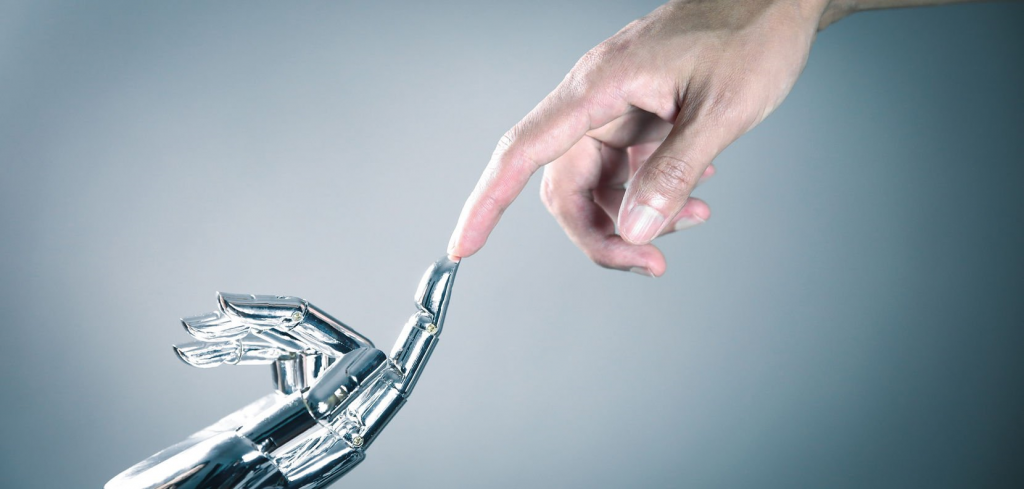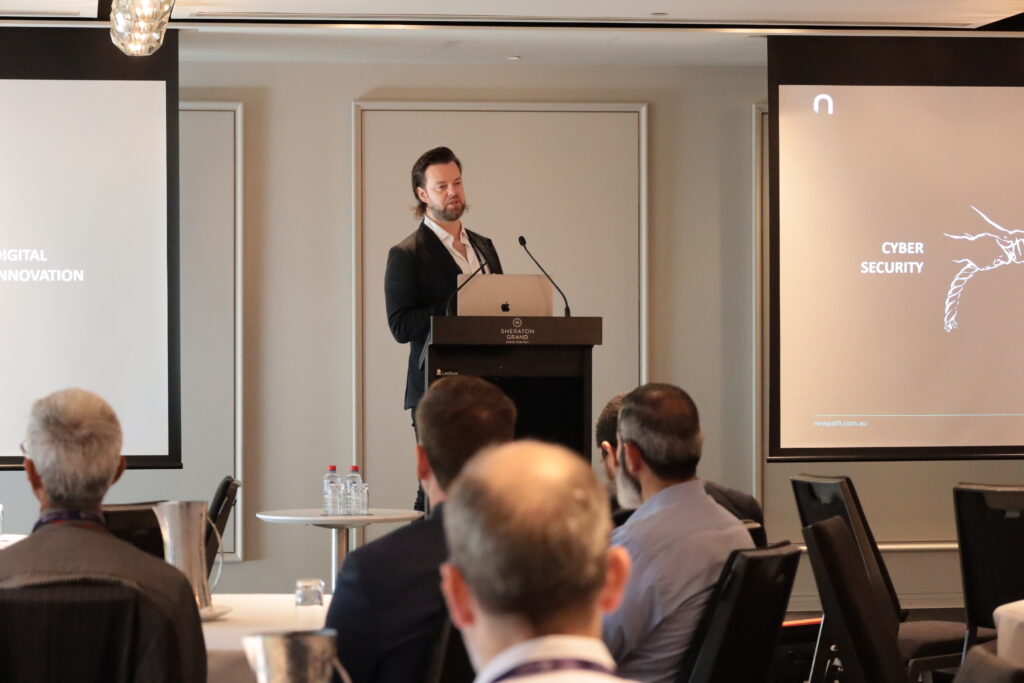I recently watched a great TED talk by Nadjia Yousif on the topic of “Why you should treat the tech you use at work like a colleague” and it got me thinking. Are there actionable insights and suggestions for how an organisation might go about implementing this?
After a bit of pondering, here’s what I think at a high level:
- Create a new type of organisation chart that includes the technology in addition to your human team members.
- Identify critical human-machine relationships where a person is using technology on a daily basis to do their job.
- Check on the status of the collaboration between the human and machine team members.
- If the relationship is tenuous, consider team-building activities or scheduling regular performance reviews for the technology.
- Look for any human role that might be overloaded by technology, such as interacting with four or more applications.
- Offer support and training to human team members who are feeling overwhelmed by technology.
- Regularly assess the collaboration between human and machine team members and make necessary adjustments.
- Encourage open communication between the human and machine team members and encourage the use of technology in a collaborative and productive manner.
- Emphasise the importance of technology as a team member and work to foster a positive and supportive work environment for all team members, including technology.
After a bit more pondering, I came up with the below:
The Importance of Human-Machine Relationships in the Workplace
The advancement of technology has revolutionised the way we work and has introduced a new type of team member – the machine. As technology becomes more integrated into the workplace, it is essential to consider the relationships between human and machine team members. A well-functioning human-machine relationship can improve productivity, job satisfaction, and overall performance, while a tenuous relationship can lead to decreased efficiency, frustration, and burnout. In this article, we will outline a new type of organisation chart that incorporates technology and offer tips for maintaining positive and productive human-machine relationships.
Creating a New Type of Organisation Chart
Traditionally, organisation charts have only included human team members and their roles and responsibilities. However, with the increasing integration of technology into the workplace, it is essential to include technology in this chart as well. This new type of organisation chart should clearly outline the role of technology in the workplace and the human team members who use it. The chart should also specify the critical human-machine relationships and the interdependence between them. By visually representing the human and machine team members, the chart can help to improve communication and collaboration between the two.
Identifying Critical Human-Machine Relationships
Critical human-machine relationships are those in which a person uses technology on a daily basis to perform their job. Examples of these relationships include customer service representatives using a computer system to respond to customer inquiries, marketers using a software platform to analyse data, and surgeons using medical equipment to perform a procedure. In these relationships, the technology is essential to the job and cannot be performed without it. It is important to identify these relationships and assess their performance regularly to ensure they are functioning efficiently and effectively.
Checking the Status of Collaboration
Regularly checking the status of the collaboration between human and machine team members is crucial to maintain a positive and productive work environment. To assess the relationship, consider the following:
- Are the human and machine team members working together seamlessly and efficiently?
- Are there any communication barriers between the human and machine team members?
- Are the human team members feeling overwhelmed or frustrated with the technology?
- Is the technology functioning correctly and performing as expected?
If the relationship between the human and machine team members is tenuous, consider scheduling regular performance reviews for the technology and team-building activities for the human team members. These activities can help to improve communication and collaboration between the two.
Overloading of Human Roles
In some cases, technology may overload the human role, such as when a person is required to interact with four or more applications at once. This can lead to decreased efficiency, frustration, and burnout. To avoid this, it is essential to assess the workload of human team members regularly and offer support and training to those who are feeling overwhelmed. This can include training on how to use the technology more efficiently, delegating tasks to other team members, or reducing the number of applications the person is required to interact with.
Encouraging Open Communication
Open communication is crucial in maintaining positive human-machine relationships. Encourage human and machine team members to communicate openly and regularly about their needs, expectations, and performance. This can help to resolve any misunderstandings or issues that may arise and improve collaboration and efficiency.
Fostering a Positive Work Environment
Finally, it is essential to emphasise the importance of technology as a team member and work to foster a positive and supportive work environment for all team members, including technology. This includes recognising the contributions of technology and encouraging the use of technology in a collaborative and productive manner. By creating a supportive and inclusive work environment, human and machine team members will feel valued and motivated to work together effectively. Regular assessments of the human-machine relationship can help to identify areas for improvement and make necessary adjustments to foster a positive work environment.
The integration of technology in the workplace has brought about a new type of team member with unique characteristics and relationships. As technology becomes increasingly integrated, it is important to create a new type of organisation chart that includes technology, identify critical human-machine relationships, encourage open communication, and foster a positive work environment. By doing so, organisations can improve collaboration, productivity, and satisfaction among both human and machine team members. Recognising the important role that technology plays in the workplace is key to unlocking its full potential and achieving better results for the business.
Arthur Isaacs





